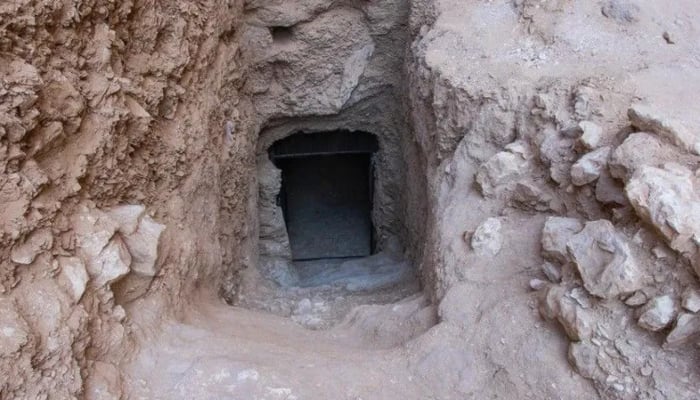According to CNN, Egypt’s Ministry of Tourism and Antiquities has announced the discovery of the tomb of an ancient king who reigned between 2000 and 1001 BCE during a joint Egyptian-British archaeological mission.
The tomb of King Thutmose II was unearthed approximately 2.4 kilometers (1.5 miles) west of the Valley of Kings in Luxor, Egypt.
Mohammad Ismail Khaled, secretary general of the Supreme Council of Antiquities, stated that the tomb’s entrance and main corridor were initially discovered in 2022. At that time, it was believed to belong to one of the wives of the kings, possibly Queen Hatshepsut or the wives of King Thutmose III.
However, after further investigation by a joint mission of the Supreme Council of Antiquities and the New Kingdom Research Foundation, it was confirmed that the tomb actually belonged to Thutmose II.
Additionally, Piers Litherland, field director at the New Kingdom Research Foundation, told CNN, “Like many others, we believed this wadi (valley) was associated with royal women. The tomb is located in an unfortunate spot beneath two waterfalls and at the bottom of a slope where water would have (and did) pour in during the much wetter climate of the 18th dynasty.”
Evidence confirming that this was Thutmose II’s tomb included fragments of alabaster jars inscribed with his name, referring to him as the “deceased King,” along with inscriptions mentioning his wife and half-sister, Queen Hatshepsut.
Furthermore, the discovery is considered a significant milestone in archaeology, as the artifacts found in the tomb will provide valuable insights into the reign of King Thutmose II.



